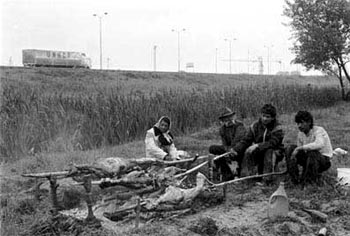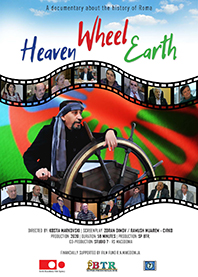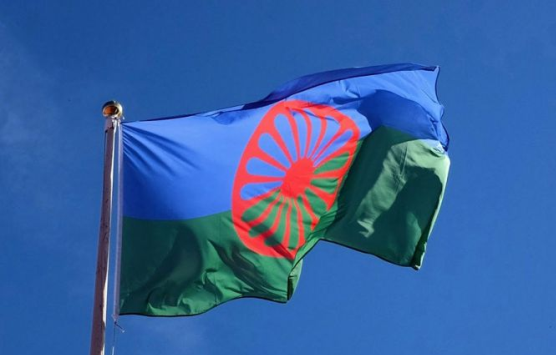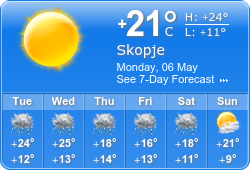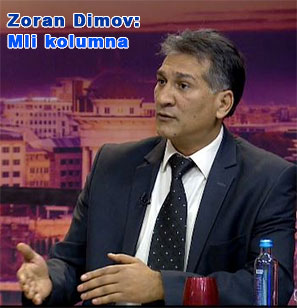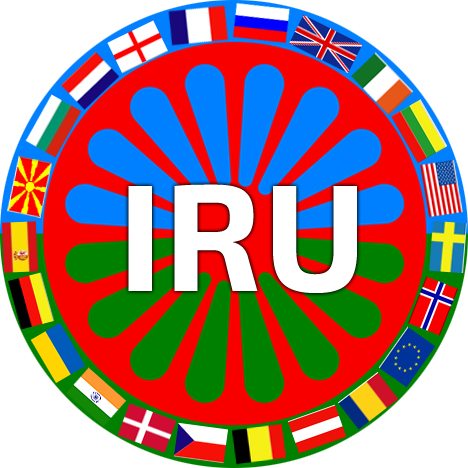The celebration in honor of Saint George, djurdjevdan (herdelezi), is one of the most important holidays for the Roma in the Southern Balkans area. It is one of the rare holidays to be celebrated by both Muslim and Christian Orthodox Roma.
St. George, mostly portrayed as "virtuous knight" fighting a dragon, is – among others – the patron saint of soldiers, smiths, travelers, and artists, and one of the most important saints (Great Martyr) of the Eastern Church. Particularly the Serbian-orthodox Roma consider him as their patron saint. In the Orthodox church year, Djurdjevdan (George’s Day) falls on the 6th of May, but the festivities begin one day earlier. The Muslim counterpart to the Orthodox George’s Day – herdelezi – comes from the Turk name hıdrelez, which is a blending of hızır and Elias. According to legend, a meeting between the popular patron saint hızır (Arabian: el khadr – "the green one") and the prophet Elijah in the 9th century was at the origin of this once very popular Turkish spring celebration.
Today, Herdelezi is seen as the true Roma celebration in Turkey.
Both djurdjevdan and herdelezi are celebrated in different ways depending on the groups and the religion. The significance and meaning of the celebration, however, are the same. It is a spring celebration lasting several days which marks the beginning of summer and allegedly brings good fortune and wealth. In all festivities, candles, fresh twigs and "holy water" serve as symbols of life and spring.
In earlier times, both Muslim and Orthodox groups of Roma would fast the weeks before the celebration. They were not allowed to eat sheep’s meat, milk or cheese .
Today, the preparations begin on the 5th of May. The house is cleaned and decorated with candles and twigs. In Prilep (Macedonia), the Roma climb the Mount Dabnica every year on the evening of the 5th May, spend the night there, prepare dinner together and, on the next morning, bring water from a specific mountain well to their families. On the foot of the mountain (o pindo) they are welcomed with music. The spring water is said to have healing and protecting powers.
On the 6th of May – the day of the celebration proper – all participants dress festively. Each Roma family should have bought at least one sheep, in order to be able to start with the preparations in the morning. The Muslim Gurbet-Roma groups in Kumanova (Macedonia) use the blood of the slaughtered animal to paint a line on their children’s forehead. Some groups used to decorate the family’s dining room with twigs from a pear tree, to which they fastened Easter eggs and candles. Sometimes, candles, twigs and money was also fastened to the horns of the slaughtered sheep.
Apart from their religious and ritual significance, djurdjevdan and herdelezi are most of all celebrations that help keep social contact. The Muslim Roma of Aleksinac distributed the sheep’s grilled liver to their neighbors, for the souls of the deceased.
Link: http://rombase.uni-graz.at//cgi-bin/artframe.pl?src=data/ethn/celeb/george.en.xml
